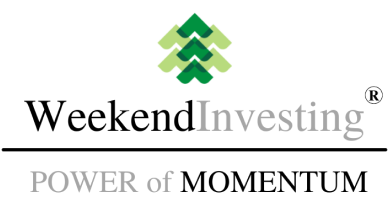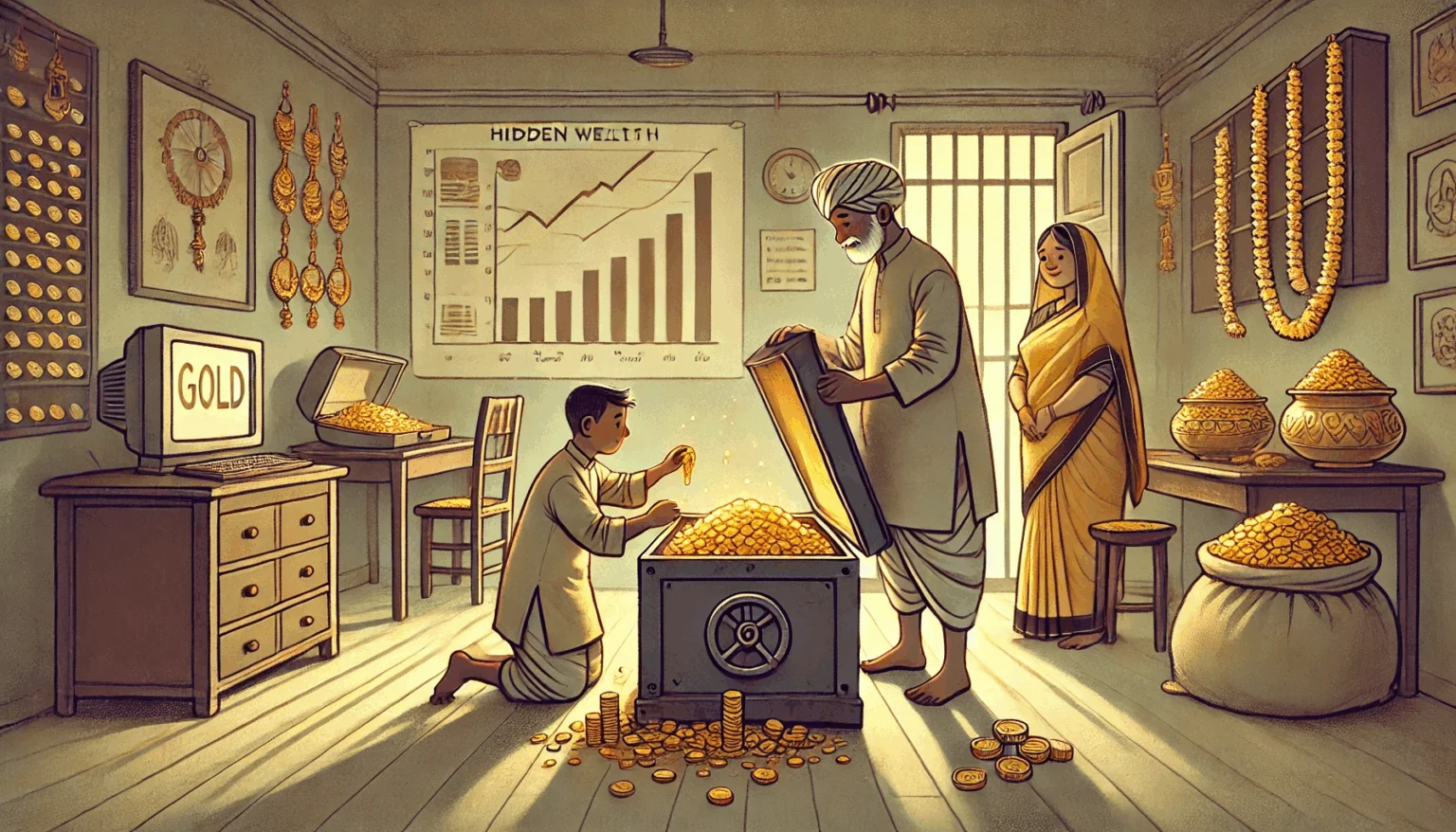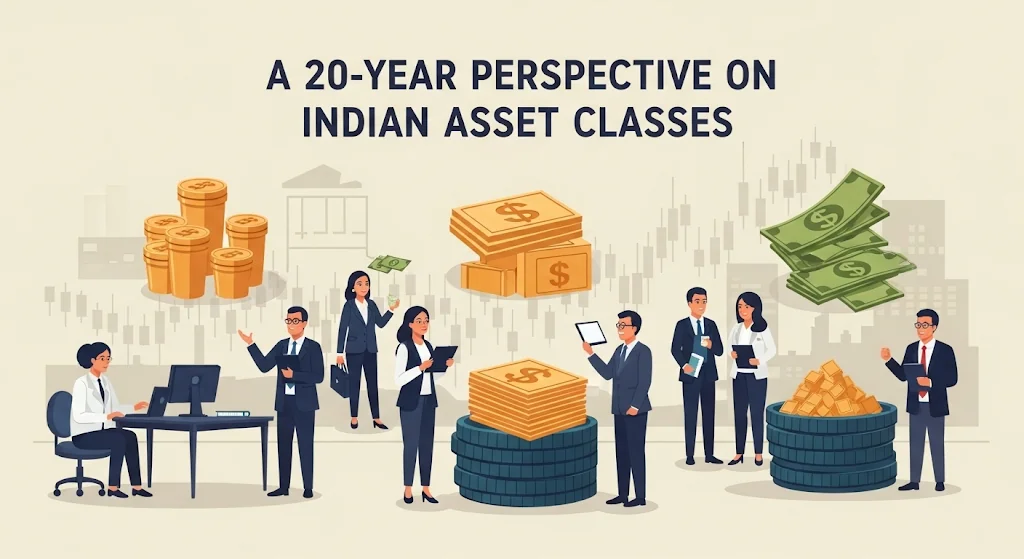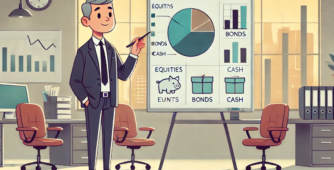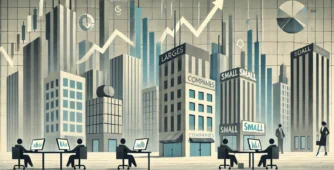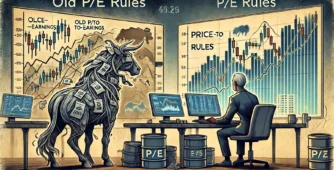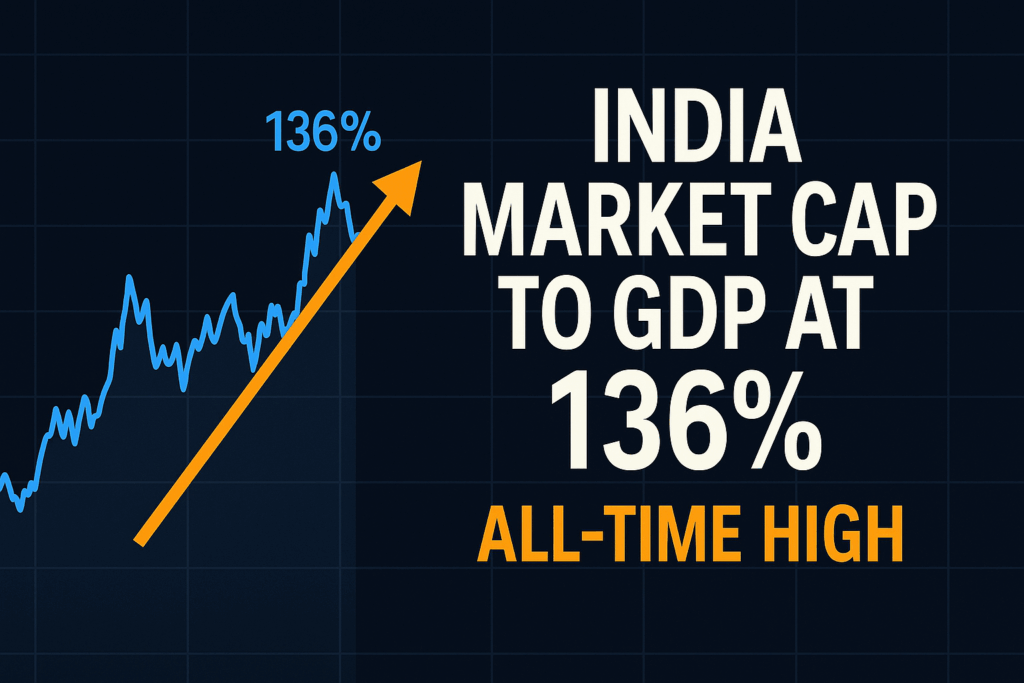
India’s Market Cap to GDP Hits a New Peak
India’s market capitalization has touched 136% of its GDP, the highest ever recorded (see the image below). This number means the total value of listed companies in India is now much larger than the country’s overall economic output.
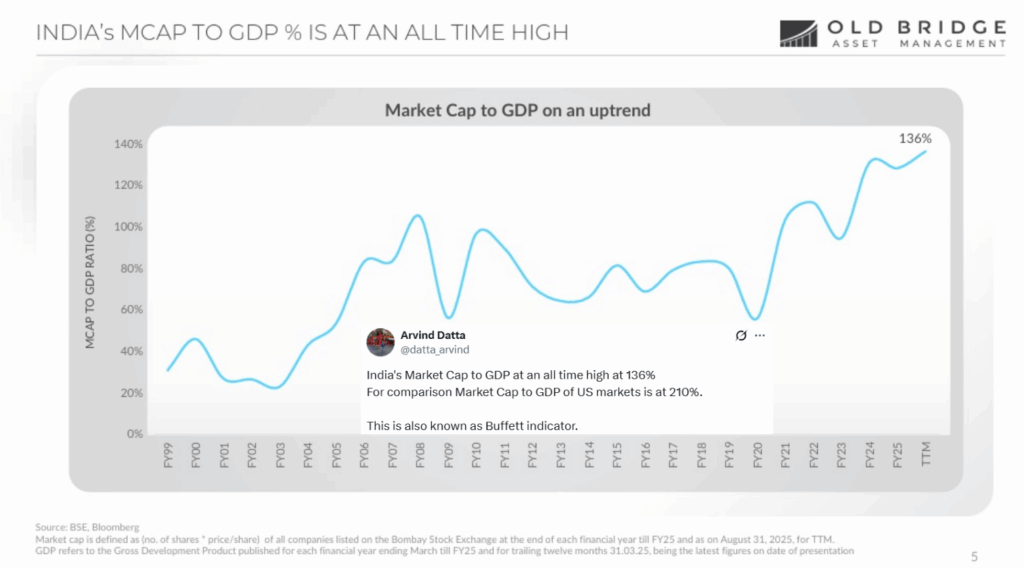
Traditionally, a figure below 100% is seen as more balanced. But in the current global setup, the idea of balance has changed because of the huge amount of debt that exists across the world. Easy money and rising debt levels are pushing up asset prices, including stock markets, even though GDP growth is not keeping pace.
The Global Picture and the Buffett Indicator
In comparison, the United States has reached around 210% on the same metric, which means its stock market value is more than double its GDP. This ratio, also known as the Buffett Indicator, is often used to check if markets are overvalued. When this ratio goes beyond 120% or 130%, it usually signals that markets are stretched. Many economies today are trying to make their currencies cheaper to boost exports. In this race, governments and central banks are borrowing heavily, without much concern about who will eventually pay back all this debt.
The Growing Debt Challenge
The easy availability of long-term debt, such as 20- or 30-year bonds, allows countries to postpone the problem. But at some point, every nation has to face the truth—there is no free lunch. The borrowed money has to be repaid, either through defaults or through debt restructuring. Restructuring, however, depends on lenders agreeing to new terms, which is never easy. This global system of rising debt and asset inflation cannot continue forever. It builds pressure that can eventually lead to financial crises or even conflicts between countries.
The Possibility of a Global Reset
The current path looks unsustainable in the long run. If this continues, the world might witness one of two outcomes—either a severe market crash or a complete monetary restructuring. A few experts believe gold could play a major role in this process. There are talks about possible partially gold-backed currencies in the future, but nothing is certain yet. What is clear is that the world economy is moving in a direction that cannot remain normal for long.
Staying Safe Amid Uncertainty
In such uncertain times, it is important for investors to stay cautious and well-prepared. Diversifying investments, keeping some hedges in place, and maintaining proper asset allocation can help reduce risks if things go wrong. Nobody can predict when or how this global imbalance will correct itself, but being prepared can make all the difference when volatility strikes.
